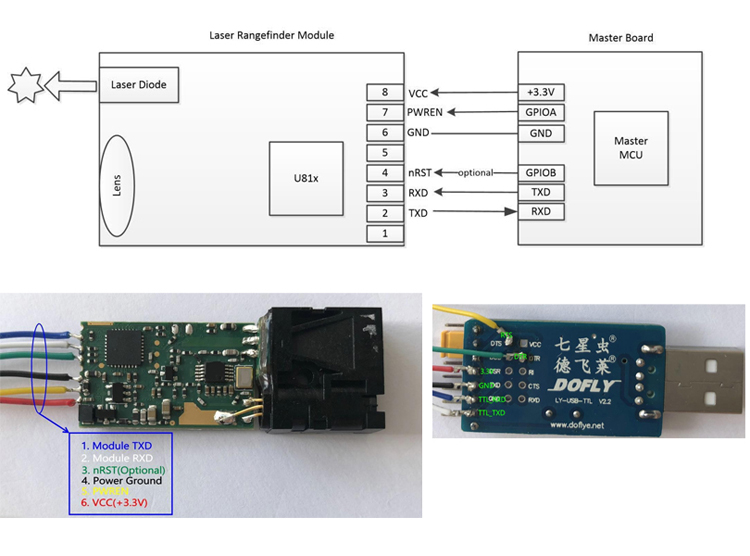Science has proved that protein is one of the most important material foundations of life activities and it occupies a special position in the nutrition of livestock and poultry. Its role in other nutrients cannot be replaced. Its main nutritional role has the following points.
First, it is the basic material that makes up the carcass:
The protective tissues of livestock and poultry such as hair, feathers, hoofs, and horns are all composed of keratin and glial proteins. The skin, muscles, nerves, connective tissues and various internal organs such as heart, lungs, spleen, kidney, stomach and reproductive organs of livestock and poultry are all based on proteins. According to studies, about half of all protein in the carcass is replaced by new proteins. In addition, sperm and eggs are composed of proteins.
Second, it is necessary for life activities:
Liver body fluids are divided into intracellular and extracellular fluids. The intracellular fluid is the site of various biochemical reactions in the intercellular space; the extracellular fluid is the environment in which the cellular tissues directly live. Enzyme, which is a protein with specific catalytic activity, can promote the smooth progress of intracellular biochemical reactions. Hormones have antibodies against disease and immunity, and they themselves are proteins. The body of livestock and poultry uses these substances to maintain a normal physiological machine.
Third, can decompose energy:
When the carbohydrates and fats that feed the animal's heat are insufficient, the protein can also liberate energy in the body and supply it to livestock and poultry. When there is excess protein, the excess protein can also be deoxygenated, and the nitrogen-free fraction can be oxidized or converted into body fat to be stored for use when there is insufficient energy.
Fourth, the basis of genetic material:
The genetic material of livestock and poultry is DNA (deoxyribonucleic acid), which combines with histones to become a complex protein body-nuclear protein, and exists in the form of a nuclear protein on the chromosome, passing the genetic information inherent in it through Its own copying process is passed on to the next generation.
Fifth, it is an important component of various animal products: Protein is an important raw material for forming livestock products such as milk, meat, skin, and wool.
In short, protein is the material basis of life, and it plays a very important role in the nutrition of livestock and poultry.
New product of U85 micro laser distance sensors use highly focused class 2 laser to detect objects or measure distances, and can return a measured value via varieties intface( serial, usb, rs232, rs485, bluetooth etc.). The electronic distance sensor is a very small Laser Distance Sensor, but high resolution up to 1mm and long distance measuring sensor - teachable measuring range of up to 30m. Extremely accurate distance sensing sensors, errors down to ± 1mm. And the mini sensors and measurements support continuous measurement function, great for compact solutions(eg: robots) with the smallest Laser Distance Sensor of the world!

Parameters of U85:
Accuracy
±1 mm (0.04 inch)
Measuring Unit
mm
Measuring Range (without Reflection)
0.03-20m/0.03-30m
Measuring Time
0.1~3 seconds
Laser Class
Class II
Laser Type
620nm-690nm, <1mW
Size
41*17*7mm (±1 mm)
Weight
About 4g
Voltage
DC2.0~3V
Electrical Level
TTL/CMOS
Certifications
CTNT, FDA, CE, FCC, RoHS, etc.
Operating Temperature
0-40 ℃ (32-104 ℉ )
Storage Temperature
-25~60 ℃ (-13~140 ℉)
Mini Laser Distance Sensor,Optical Laser Distance Sensor,Smallest Laser Range Sonsor,Laser Measuring Sensor
Chengdu JRT Meter Technology Co., Ltd , https://www.accuracysensor.com